Urban Agriculture Growth
The Agricultural Grow Bags Market is significantly influenced by the burgeoning trend of urban agriculture. As urban populations continue to swell, the need for efficient and space-saving gardening solutions becomes increasingly critical. Grow bags offer a practical solution for city dwellers who wish to cultivate their own food in limited spaces, such as balconies and rooftops. Recent studies suggest that urban gardening can increase food security and promote healthier lifestyles, which in turn drives the demand for grow bags. The market is projected to expand as more urban residents adopt gardening as a hobby or necessity, with an estimated increase in urban gardening participation by 30% over the next few years.
Technological Innovations
The Agricultural Grow Bags Market is witnessing a surge in technological advancements that enhance the functionality and appeal of grow bags. Innovations such as smart grow bags equipped with sensors for moisture and nutrient monitoring are becoming increasingly popular among tech-savvy gardeners. These advancements not only improve plant health but also optimize resource usage, which is crucial in an era of water scarcity. Market data indicates that the integration of technology in gardening products is expected to grow by 15% annually, reflecting a shift towards more efficient gardening practices. As consumers become more reliant on technology, the demand for these innovative grow bags is likely to increase, further propelling market growth.
Health and Wellness Trends
The Agricultural Grow Bags Market is also benefiting from the rising health and wellness trends among consumers. As individuals become more conscious of their dietary choices, the desire to grow organic produce at home is gaining traction. Grow bags provide an accessible means for consumers to cultivate their own fruits and vegetables, thereby ensuring the quality and safety of their food. This trend is supported by research indicating that home gardening can lead to healthier eating habits and improved mental well-being. The market for grow bags is expected to expand as more people seek to engage in gardening as a form of self-care and a way to enhance their overall health.
Sustainability Initiatives
The Agricultural Grow Bags Market is experiencing a notable shift towards sustainability, driven by increasing consumer awareness regarding environmental issues. As more individuals and organizations prioritize eco-friendly practices, the demand for biodegradable and recyclable grow bags is on the rise. This trend is supported by data indicating that the market for sustainable gardening products is projected to grow at a compound annual growth rate of 8.5% over the next five years. Consequently, manufacturers are innovating to create products that align with these sustainability goals, thereby enhancing their market presence. The emphasis on reducing plastic waste and promoting organic gardening practices further fuels this driver, as consumers seek alternatives that contribute positively to the environment.
Government Support for Agriculture
The Agricultural Grow Bags Market is positively impacted by various government initiatives aimed at promoting sustainable agricultural practices. Many governments are implementing policies that encourage urban gardening and the use of innovative gardening solutions, including grow bags. These initiatives often include subsidies, grants, and educational programs designed to support small-scale farmers and urban gardeners. Recent reports suggest that government funding for urban agriculture projects has increased by 20% in the past year, indicating a strong commitment to enhancing food security and sustainability. As these programs continue to evolve, they are likely to bolster the demand for agricultural grow bags, further driving market growth.


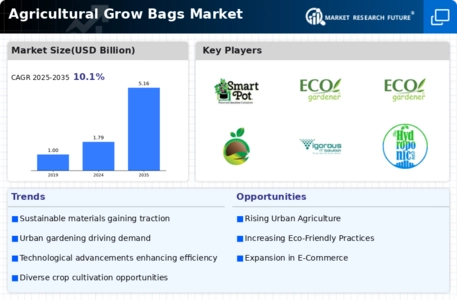
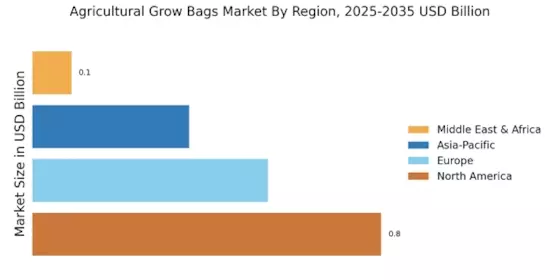
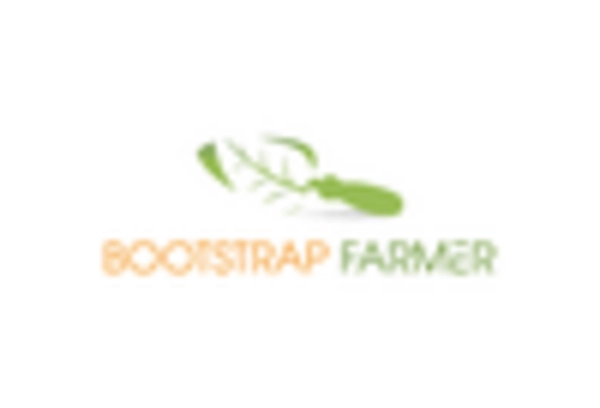
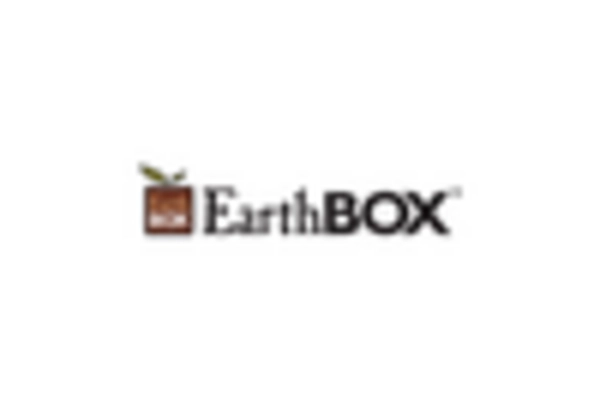
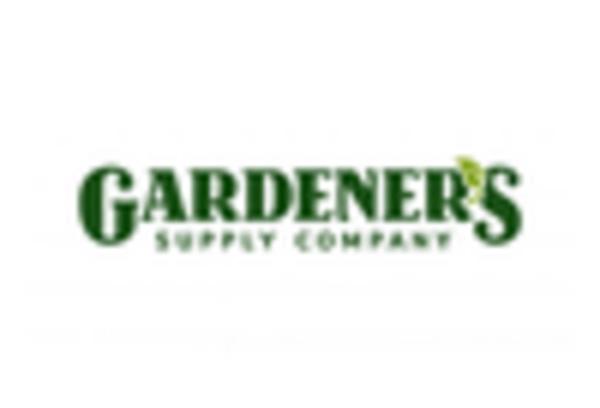
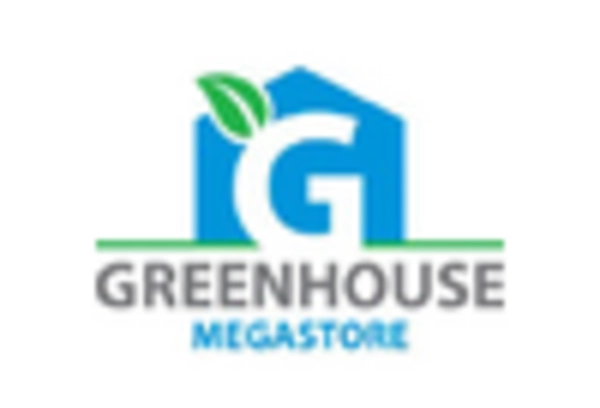










Leave a Comment